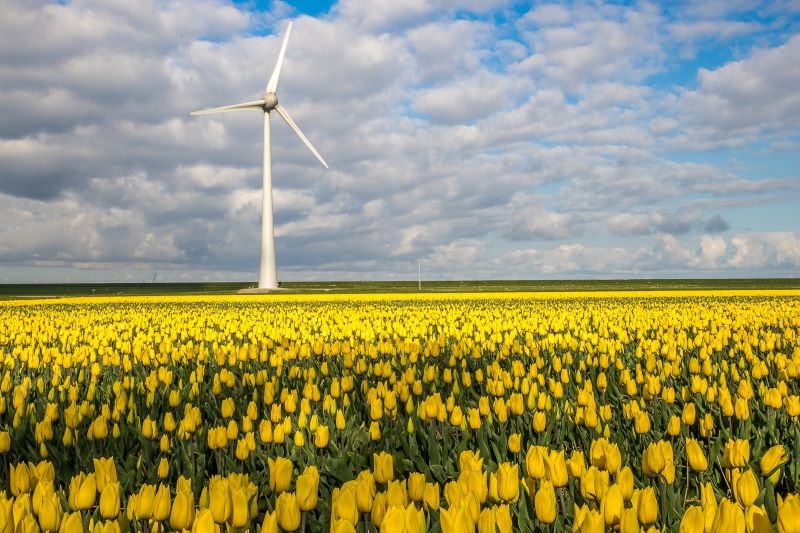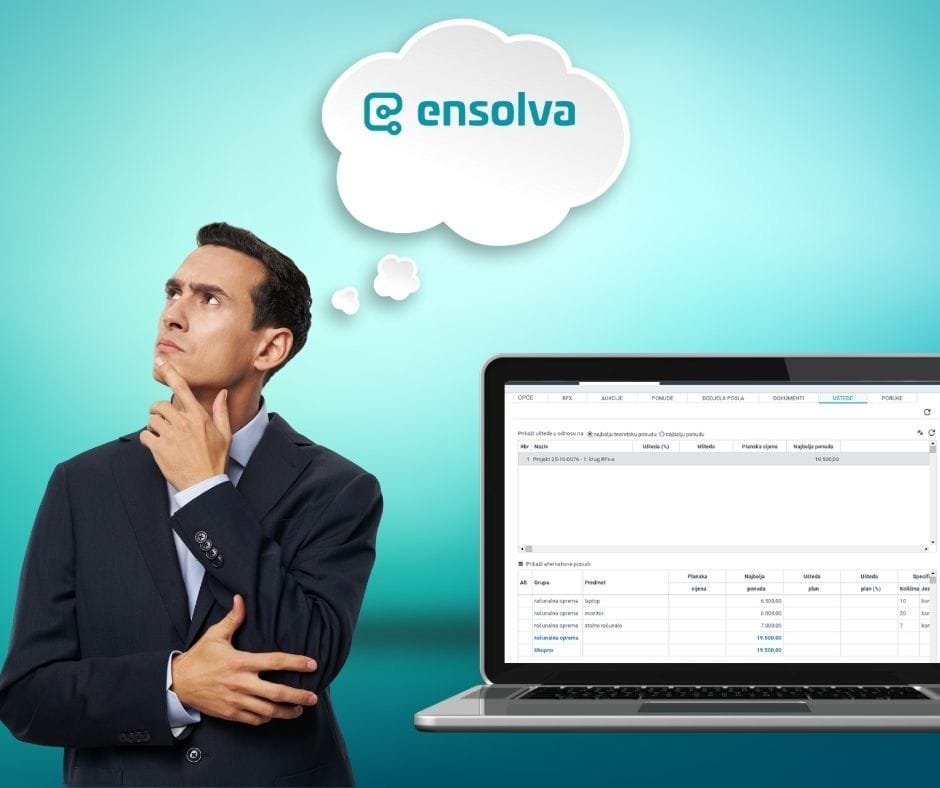Dutch reverse auction
Compared to other types of reverse auctions, we come across slightly useful content about the Dutch reverse auction. The reason for this can be found in the fact that this type of online auctions is used infrequently by procurement professionals. It can bring great results for some specific procurement items in special circumstances. Several thousand reverse auctions have been conducted using Ensolva but only two percent were Dutch type.
Dutch sales auction
The Dutch auction was invented in the 1600s by flower sellers. They wanted to speed up the sale of cut flowers at the best possible price (tulips were a popular commodity, but there were more buyers than there were flowers to sale). A key feature of this type of negotiation process is speed: only one bid is considered. The Dutch auction is extremely popular in the sale of shares where their goal is to determine the optimal price at which the securities will be sold. As a major strategy, Dutch auction is used by the United States Treasury through the Federal Reserve Bank of New York to raise funds for the U.S. government.
Dutch Reverse Procurement Auction
Procurement recognized its benefits and tailored it to its needs. The Dutch reverse auction is the opposite image of the forward Dutch auction. The buyer defines artificial low starting price, at a point where the offer is believed to be zero. At specific intervals, the price is rising and continues to rise until the supplier is ready to make an offer. The auction stops when the first bid is placed.
How does the Dutch reverse auction work?
- Unlike the English auction, where bidders can enter their bid several times during the auction time frame, the Dutch auction is not allowed to enter any price into the system.
- Compared to the Japanese auction, bidders do not actively participate in the procedure. In this case they observe price growth not accepting the offered price until they are ready to offer their products or services at the offered price.
- Only one bid is taken into account: the auction ends at the moment when the first bidder accepts the offered price.
- It is important to note that the buyer is recommended to define the maximum price that he is willing to pay for the subject of procurement or service.
When to reach for a Dutch reverse auction?
„When a procurer launches this type of auction, the only thing he cares about is price and speed. We strive for a partnership with suppliers in procurement. For this reason, this strategy is used significantly less than other auction strategies. The Dutch reverse procurement auction provides insight into the lowest market price, so after researching the market and collecting bids, the price is defined below the average market price.“, explained Daniela Banković from Pula Airport. This experienced purchasing expert listed the following as the main features of the Dutch auction:
It is suitable for the purchase of short-term goods whose prices are constantly changing (milk, eggs, flowers, vegetables, fruits) and for which it is impossible to contract a price in the long run.
– Ideal for the hospitality sector (hotels, restaurants).
– The Dutch auction is suitable for the procurement of works services.
– It must be preceded by market research to define unrealistically low and realistically the highest based on the average market price.
– In the Dutch auction, the only criterion is the price, the buyer is not at all interested in who will win.
– Unlike the Japanese auction, where the buyer gets an insight into the whole market, with the Dutch reverse auction the buyer does not get full transparency in the market (he gets information about the lowest bid on the market).
– The Dutch auction is known for the so-called psychological game. The suppliers are exposed to big pressure. There is no information about other participants, whether they are still there, what their thoughts are, what price is acceptable to them… therefore there is a risk that the supplier will hastily accept the offer for him to win.
– The Dutch auction is the only one that can give an accurate insight into the lowest possible price on the market, unlike the English one, which gives feedback for each supplier on the lowest bid
– Unlike the Japanese auction, the Dutch auction has its end (if no bidder accepts the proposed price, the auction ends without a winner when the highest set price is reached)
“The Dutch auction also provides suppliers with valuable information – information on the lowest price on the market. If their planned offers are significantly higher than the winning one, it is a message to them that their products can be produced for lower costs. It should be an incentive for them to research new suppliers and expand their network of suppliers.”, concluded Daniela Banković.
Functionalities that the software for Dutch reverse auction should have
With the Dutch auction software, the purchaser must be able to:
1. Specify the starting price
It must always be lower than the real market price!
2. Define the amount of price increase
If the amount is too high you will not get a realistic lowest price in the market, and if it is too low the auction will be tedious and time consuming.
3. Set the time interval
Never less than a minute! Suppliers are certainly under a lot of pressure, they have to make a decision quickly, but still give them time to think. If they accept a very low price they will not be able to make the delivery and the auction has failed. On the other hand, the time frame must not be too long. Consider all aspects of the procurement project and then define the time interval!
4. Determine the maximum price
This is the amount you are willing to pay for the subject of the purchase.
5. As with any auction, we repeat: Educate your suppliers!
Pay special attention to those participating in the Dutch auction for the first time. There is a great potential danger of running into them and becoming winners-losers due to lack of experience. This is by no means in favor of the customers as it reduces the quality of the product and very likely loses that supplier forever.



